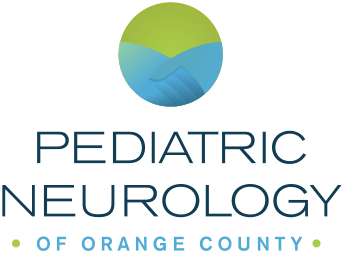What Does A Migraine Feel Like?
/This is an approximation of the zig-zag visual disturbance that I experience as a migraine aura. The picture hardly does it justice! In reality it moves and vibrates, expanding and slowly fading away over the course of about 20 minutes.
Some patients experience an “aura” 5-20 minutes before the onset of a headache. This sensation usually stops within one hour of the headache starting. Auras include vision changes such as shimmering or flashing lights, lights surrounding a blind spot, or zig zags. They can also involve abnormal sensations such as numbness, burning, or tingling. Less commonly an aura involves focal muscle weakness or problems with speech.
“Classic Migraines” are migraines that involve an aura.
“Common Migraines” are migraines that do not involve an aura and are much more common than “Classic Migraines.”
“Complicated Migraines” are migraines that are associated with additional physical changes; examples include focal weakness, dizziness, loss of consciousness, problems walking, loss of vision, and problems moving the eyes. When these symptoms are present, the diagnosis of migraine is usually only made after a work up is completed to exclude other causes.
Migraines in children and adolescents tend to last 1-48 hours. Although headaches are often hard to describe, for migraine-type headaches, children and adolescents are usually able to express a pulsating or throbbing sensation (ie: “it feels like my heart is beating inside of my head”). In adults, these usually occur on one side of the head, but with children they can occur on one or both sides of the front or sides of the head. They tend to be moderate to severe in intensity and stop children from their typical fun activities. Most children and adolescents will seek out a dark, quiet space to sleep as the headaches tend to be aggravated by movement, frequently involve nausea with or without vomiting, and may be associated with sensitivity to light and/or sounds. Sleep tends to make migraines better.
There are also “pediatric migraine variants” which are unusual events that occur in children, often in families where other members have migraine. These might look like sudden onset of the child walking funny or falling down lasting a few minutes, or sudden onset of an infant or toddler’s head turning to one side. It can be stomachaches or vomiting that occur on a recurring basis. Sometimes children can become acutely confused, usually associated with a headache. And, oddly enough, some children can have all of the symptoms that are associated with a migraine, but not have the actual headache! Most of the children with these variants go on to have more typical migraines later in life.
For more information on migraines, feel free to visit the resources section of my website (ocpedsneuro.com)…..and stay tuned to my blog! More migraine and headache information to come!










